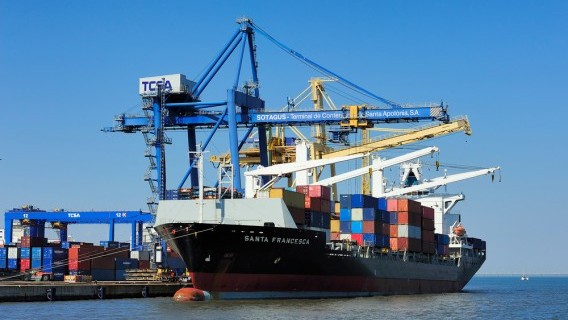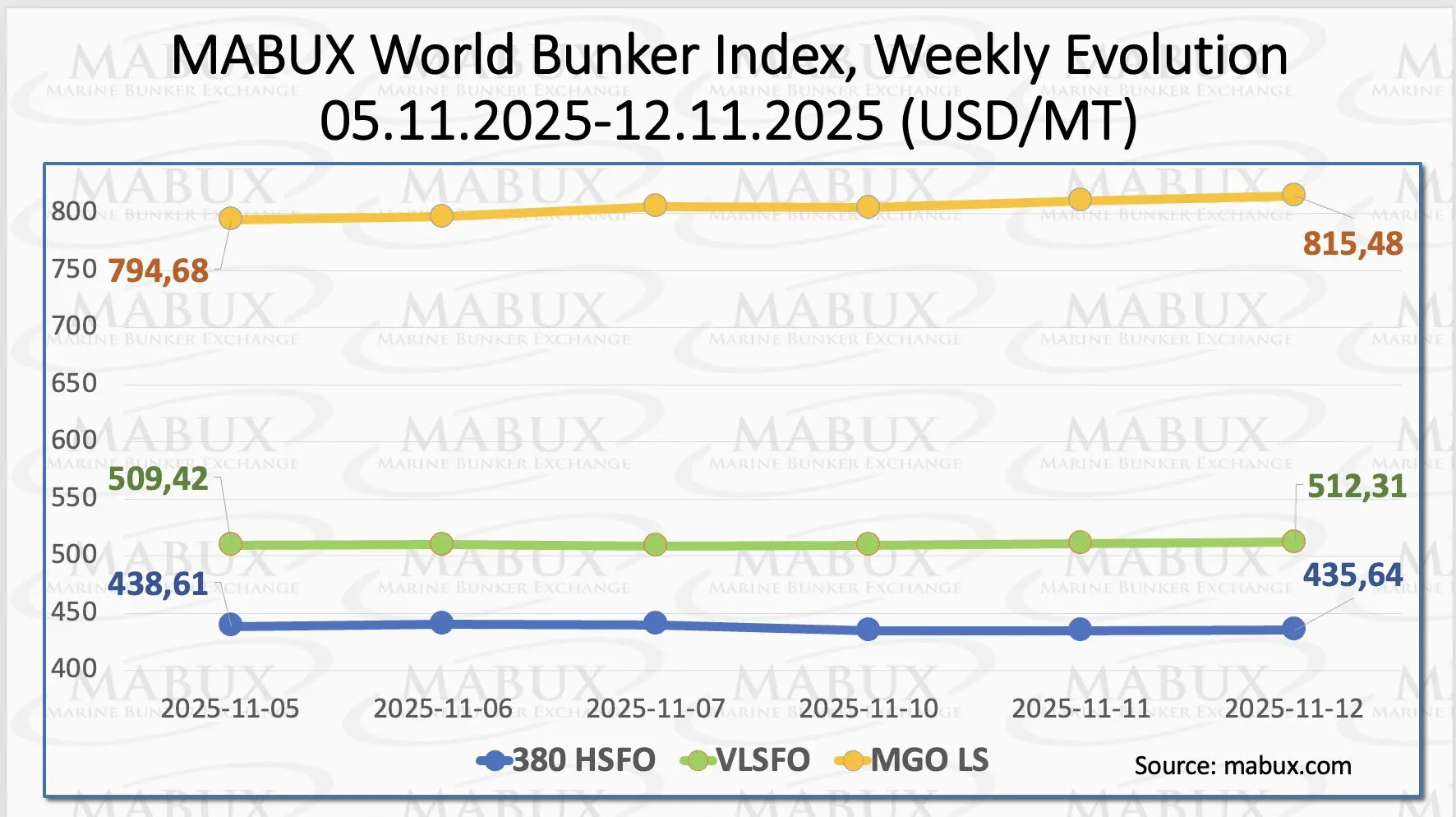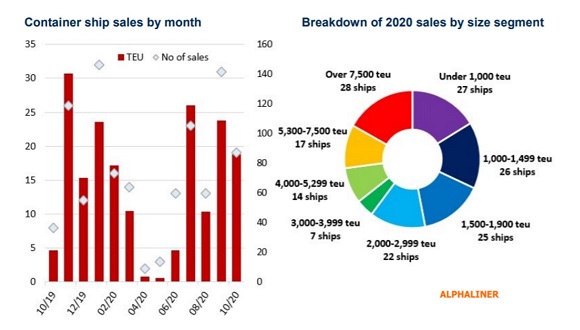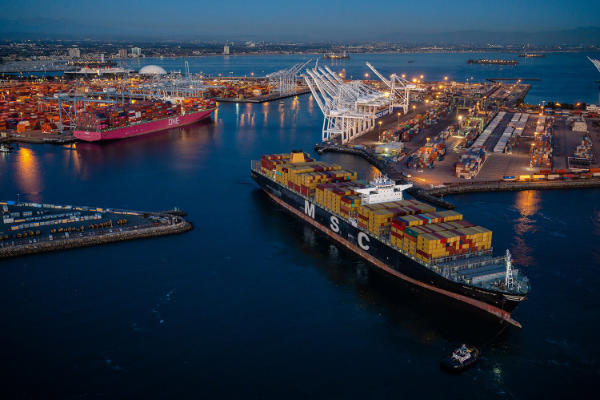

German exports remain sluggish. After the severe March plunge and a minor rebound in April, exports dropped in May by 0.1% month-on-month (from 1.0% MoM in April).
On the year, exports were up down by 0.7%. Don’t forget that this is in nominal terms and not corrected for high inflation. With imports increasing by 1.7% MoM, from -0.1% MoM in April, the trade balance narrowed to €14.4bn
Sluggish exports – the new normal
Since last summer, German exports have been extremely volatile. However, the general trend is pointing downwards, not upwards.
Trade is no longer the strong resilient growth driver of the German economy that it used to be but rather a drag.
Supply chain frictions, a more fragmented global economy and China increasingly being able to produce goods it previously bought from Germany, are all factors weighing on German exports.
In the first half of the year, the share of German exports to China dropped to 6% of total exports, from almost 8% before the pandemic.
At the same time, however, Germany’s import dependence on China remains high as the energy transition is currently impossible without Chinese raw materials or solar panels.
In the very near term, the ongoing weakening of export order books, the expected slowdown of the US economy (which accounts for roughly 10% of total German exports), high inflation and high uncertainty will clearly have an impact on German exports.
One of the few silver linings for German exports remains the CEE countries, which currently account for more than 11% of total German exports.
All in all, today’s export numbers bring no relief. In fact, today’s numbers are rather another illustration that sluggish exports are not an exception but rather the new normal.
Source: Carsten Brzeski, ING













